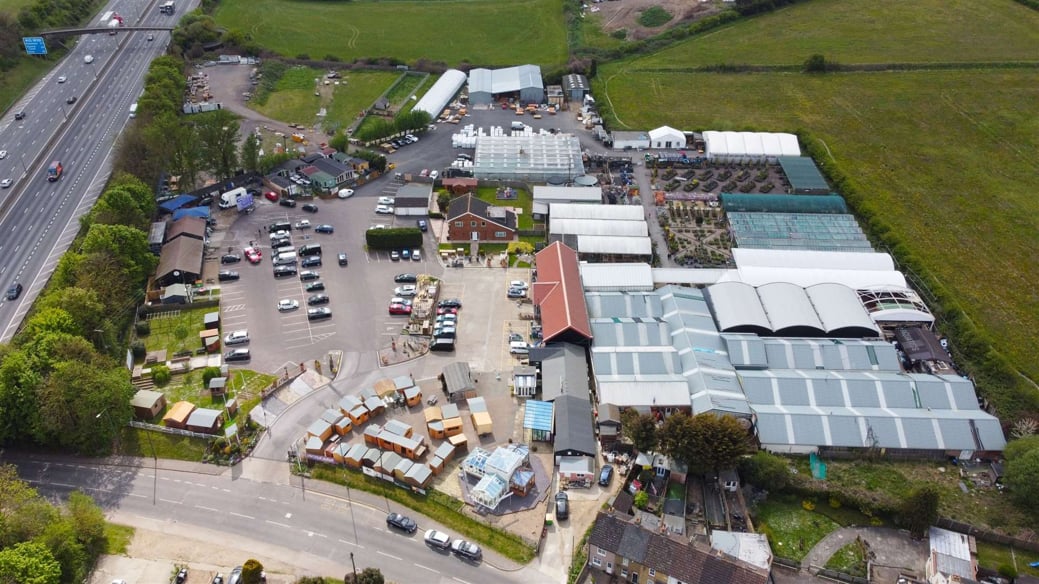The Quiet Revolution: How House Extensions in Sutton-at-Hone and Hawley Are Rewriting the Blueprint of Village Living
In the hush between hedgerows and the echo of distant train horns from Dartford, something quietly radical is taking place in Sutton-at-Hone and Hawley. These aren’t the sorts of places one associates with architectural statements or design-led home improvements. But a subtle metamorphosis is in motion — not loud, not showy — but deeply intentional. This is the story of a house extension movement that’s not just about adding rooms, but about reshaping village identity.
Extensions with a Soul: A New Philosophy of Space
Unlike the uniform glass boxes dotting London’s suburbs, extensions in Sutton-at-Hone and Hawley are increasingly crafted with the past and the landscape in mind. Builders and homeowners here speak a different language — one of chalky soil, ancient field boundaries, and 18th-century brickwork.
Here, a side return extension might be clad in repurposed timber from local barns. A rear extension may lean into biophilic design, bringing in orchard views and weaving Hawley’s heritage trees into its layout. These aren’t ‘bolt-ons’. They are sympathetic expansions, often guided by artisans rather than just contractors.
Why It’s Happening Here — and Why Now
Blame it on the post-pandemic clarity or the rising cost of moving, but families in these two villages are choosing to extend their homes rather than uproot. But there’s more than just economics at play.
Sutton-at-Hone’s historic grain—with its old coach roads and character cottages—has made full demolitions taboo. Extensions offer a compromise: modern living without erasure.
Hawley’s evolving demographics—where younger families meet multigenerational households—require flexible space. Granny flats. Garden studios. Roof-raise lofts.
In a place once reluctant to change, creativity is finally being poured into bricks and mortar.
The Local Challenges No One Talks About
But extensions in Sutton-at-Hone and Hawley come with their own puzzles:
Ecology-sensitive planning: Parts of Hawley back onto conservation areas and Sites of Special Scientific Interest (SSSI), meaning a loft dormer might need a bat survey.
Access logistics: Some of Sutton-at-Hone’s narrow lanes make delivering steels or diggers a negotiation with neighbours and tree branches alike.
Drainage issues: Older Victorian plots weren’t designed with today’s plumbing needs, making bathroom-heavy extensions more complex underground than above.
Navigating these hurdles takes a blend of local knowledge, strategic design, and sensitive negotiation with Dartford Borough Council.
From Cookie-Cutters to Storytellers: Builders Who Understand the Villages
Here, the rise of bespoke extension specialists over generic construction firms marks a turning point. These are not off-the-shelf projects. They require familiarity with Kentish materials, a respect for agricultural history, and often, a flair for the poetic.
Some local firms are even building relationships with village historians, ensuring their designs honour invisible heritage lines. For instance, a new orangery might echo the pitch of a demolished smithy’s roof or use flintwork that mirrors nearby farm walls.
Five Local Trends That Are Quietly Gaining Traction
Green-roof garden rooms that act as rainwater buffers and bird sanctuaries.
Passivhaus-standard extensions for ultra-low energy usage — rare, but increasing.
Sunken patios that preserve elevation lines without altering historic views.
Convertible annexes that double as Airbnbs or art studios.
Timber-framed gable extensions that nod to medieval Wealden architecture.
The Future of Extensions in the Villages: Preservation Through Progress
Sutton-at-Hone and Hawley may never be poster children for radical architecture, and that’s precisely why they matter. What’s happening here isn’t about disruption. It’s about the gentle evolution of domestic life—an extension not just of square footage, but of values, history, and quiet ambition.
As more homeowners here take this path, a new vernacular is forming—one rooted in place, memory, and thoughtfulness. And if this continues, these two villages might just become the unlikely leaders in England’s most poetic building revolution.





